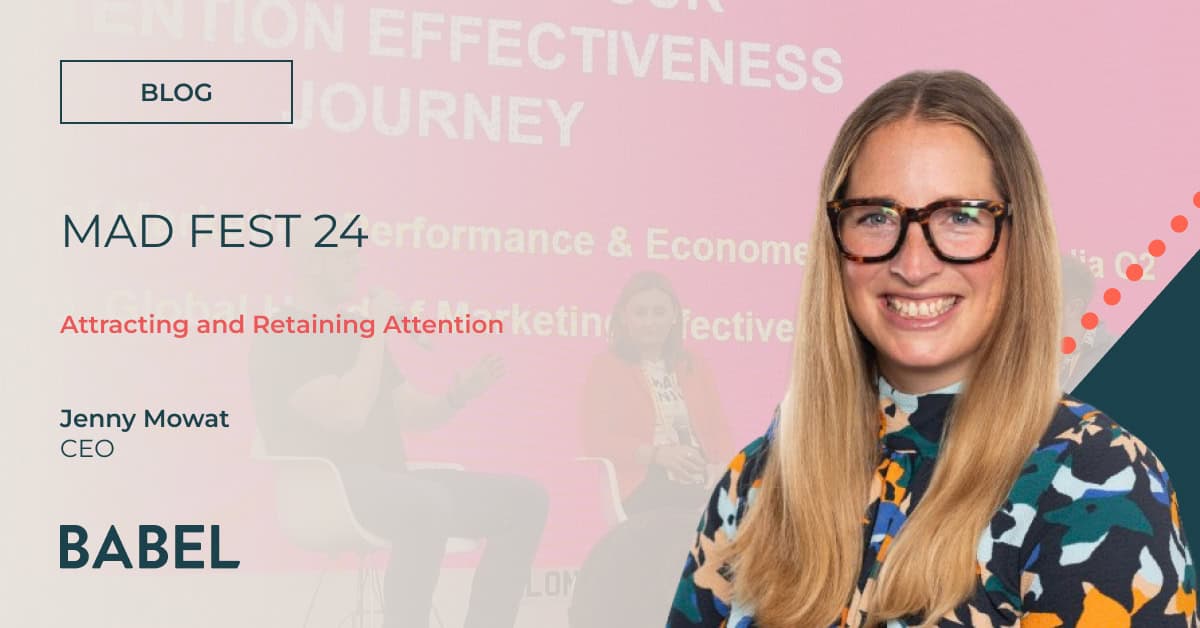
From bricks-and-mortar to online: Why experiential retail is key
Are we heading towards a retail apocalypse? It certainly seems like it with retail failures continuing at pace including L K Bennett, Toys ‘R’ Us, Poundland and HMV. However, I believe retail isn’t dying; it’s evolving. We have seen significant growth in experiential retail, to help combat the decline of the British high street. This is set to be a major talking point at this week’s Retail Week Live and next week’s InternetRetailing Expo, both attracting large gatherings of senior retailers and technology providers in the UK, with the events helping to set the agenda and course of the retail industry. We at Babel have previously supported several clients at these must-attend events.
A major selling point for online shopping is its convenience, with consumers able to browse countless retail outlets, comparing pricing and delivery costs before purchasing. Bricks and mortar might not be ‘convenient’ in the same way as online. However, it is becoming clear that physical stores need to shift the attention towards creating a more immersive experience, ensuring customers leave with instant gratification and memories. Retail rivalry is fierce and consumers have endless choice of where they spend their money. However, it’s important to remember that there will always be a need for brick-and-mortar stores (and a desire for them), if they are ready to transform their operations. In this blog I will highlight what retailers should be offering consumers to stay successful in the age of online shopping.
New stores reinventing retail
New stores are trying to reinvent retail in creative ways. Have you had a chance to visit Missguided’s London flagship store? Starting out as a pure-play online retailer, Missguided ventured into physical retail offering constant social interactions with the brand and a unique experience to its young female customers. Essentially, it’s a bloggers’ playground providing props deemed Instagram worthy such as; inspirational quotes, a house of mirrors effect and a vending machine full of “Unicorn Tears”, Missguided’s sell out body mist. The store is encouraging customers to explore and share content on social media, giving Missguided fantastic free marketing, while also offering an experience which can’t be achieved online.
Technology catching up with retail ambition
Technology is changing how we shop and engage with brands, mixing digital with reality and bringing new levels of convenience. Cosmetics giant Charlotte Tilbury, for example, has developed interactive ‘Magic Mirrors’ with augmented reality. The customers can ‘try on’ Charlotte’s 10 looks in a matter of seconds, take a picture of their preferred choice and even email this look to themselves for future reference. Revolutionising the shopping experience, the Magic Mirror suggests the best look for each consumer taking into account various factors such as skin tone. The mirrors are able to create a deeper relationship and engagement with customers.
Apps are also continuing to reinvent retail. IKEA, one of the world’s largest furniture retailer, is striving for good design accessible to all. Launched in 2017, its augmented reality app, IKEA Place allows customers to drop virtual items of furniture from its catalogue into their homes, and view the results on their phone screen, helping customers visualise what IKEA’s furniture will look like before buy. Ikea’s app is a practical solution to a problem most homeowners will face at some point or other, which is, expensive and large, pieces of furniture they regret purchasing when it doesn’t look right or doesn’t fit. However, it is also a very clever marketing tool. As the app continues to grow in popularity, it will reduce marketing costs and ROI will continue as engagement increases. IKEA Place simplifies the buying process, increases the likelihood of purchases and reduces return rates.
The retail sector continues to evolve, and shops need to realise they have to offer something above and beyond what e-commerce apps and sites are able to, in order to survive. There may be endless choice online, yet I still prefer to go in-store and have an ‘experience’, whether its testing the latest make up out or trying on clothes there and then. Although online offers convenience with its choice, price and scale, it is not necessarily always the most convenient. Shopping at a physical store means customers don’t have to wait for delivery, or the dread of it looking nice on screen, but not in person. Bricks and mortar have an advantage over pure-play digital in that they have physical space and infrastructure. They now need to take advantage of experiential innovations to create brand loyalty and memorable experiences. Long live physical stores!
Find out more about Babel’s work and experience within the retail technology space, as well as how we can support your company. Don’t hesitate to get in touch, click here.





